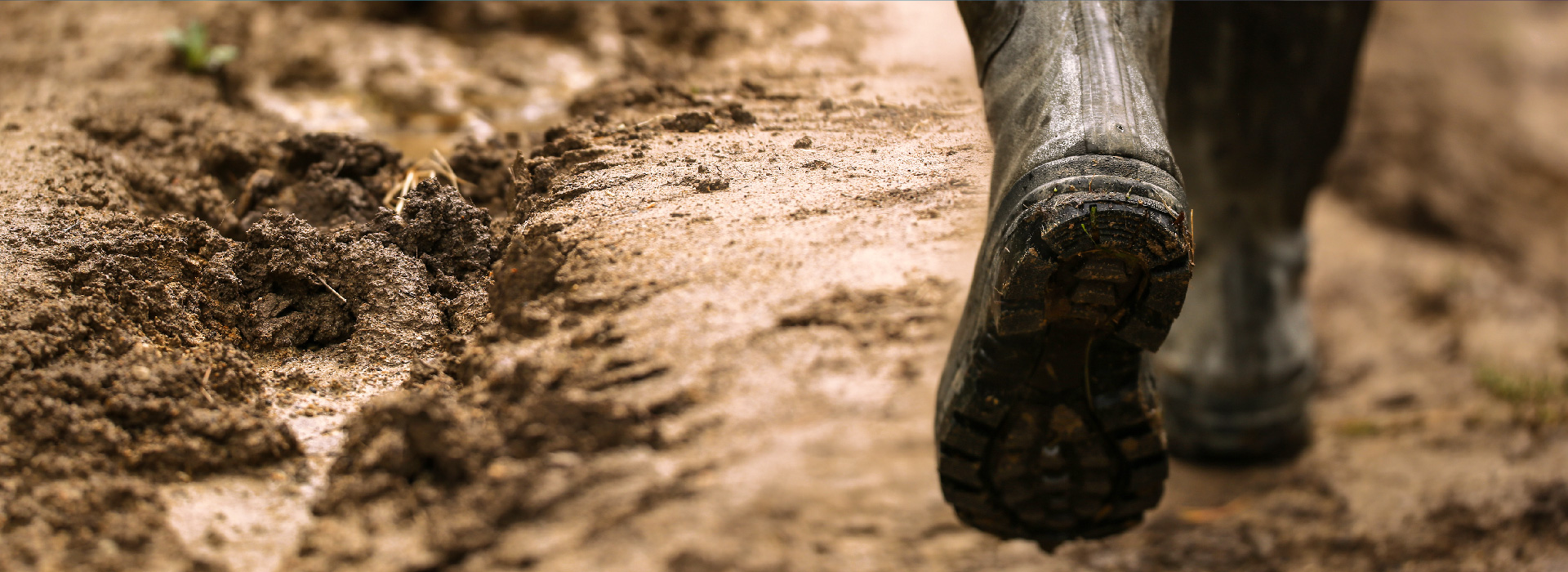
Biosecurity: The last line of defense against epidemics
Dr. Derald Holtkamp, MS, DVM, Professor of Veterinary Diagnostic and Production Animal Medicine, Iowa State Univ. (USA)
In the US, improving biosecurity, as measured by reducing the frequency of PRRS outbreaks in sow herds, has not been sustained over long periods…
But producers and their veterinarians may have an approximate view of the total cost of the disease and, consequently, an incomplete basis on which to make profit-maximizing decisions.
What happens when we are not vigilant?
- To prevent contamination. Caring for the pigs at the wean-to-market site created a hazard for the employee.
- To mitigate the contamination. Such as:
· No change of clothing or shoes between wean-to-market site and the sow farm.
· The presence of a towel on the dirty side of the shower. - To prevent transmission of the virus from the employee to sows in the herd. By interacting with sows, there were certainly opportunities for any viral contamination that remained on their hands, hair, fingernails, or other body parts, to be transmitted.
- No to consider biosecurity as a high priority. The employee was allowed to care for pigs at another site while working on the sow farm even though this is a significant hazard for a swine herd.
A series of failures is required to introduce a pathogen into a susceptible herd. Individual failures are necessary but not sufficient.
Key points to maintain a more consistent focus on biosecurity to sustain progress
The approach I use to conduct outbreak investigations is based on Hazard Analysis Critical Control Points (HACCP).
01

Conduct a hazard analysis
The concept of conducting a hazard analysis, a key element of HACCP, can be adapted to assess hazards for biosecurity on swine farms.
A hazard analysis can be done:
· Prospectively: it can be done at any time to identify hazards.
· Retrospectively: it is done as an outbreak investigation immediately after it, looking back in time at the period when the pathogen was likely introduced into the herd.
In the context of conducting this type of analysis is important to highlight that:
· A hazard is a circumstance or action (or inaction) that is reasonably likely to result in a failure.
· It involves identifying the steps in the processes associated with typical production activities. Therefore, all these steps must be understood and documented.
02

Apply control measures to address hazards
Critical control points (CCP) are steps in the process where a biosecurity control measure can be applied to prevent a failure or reduce the probability of failure.

